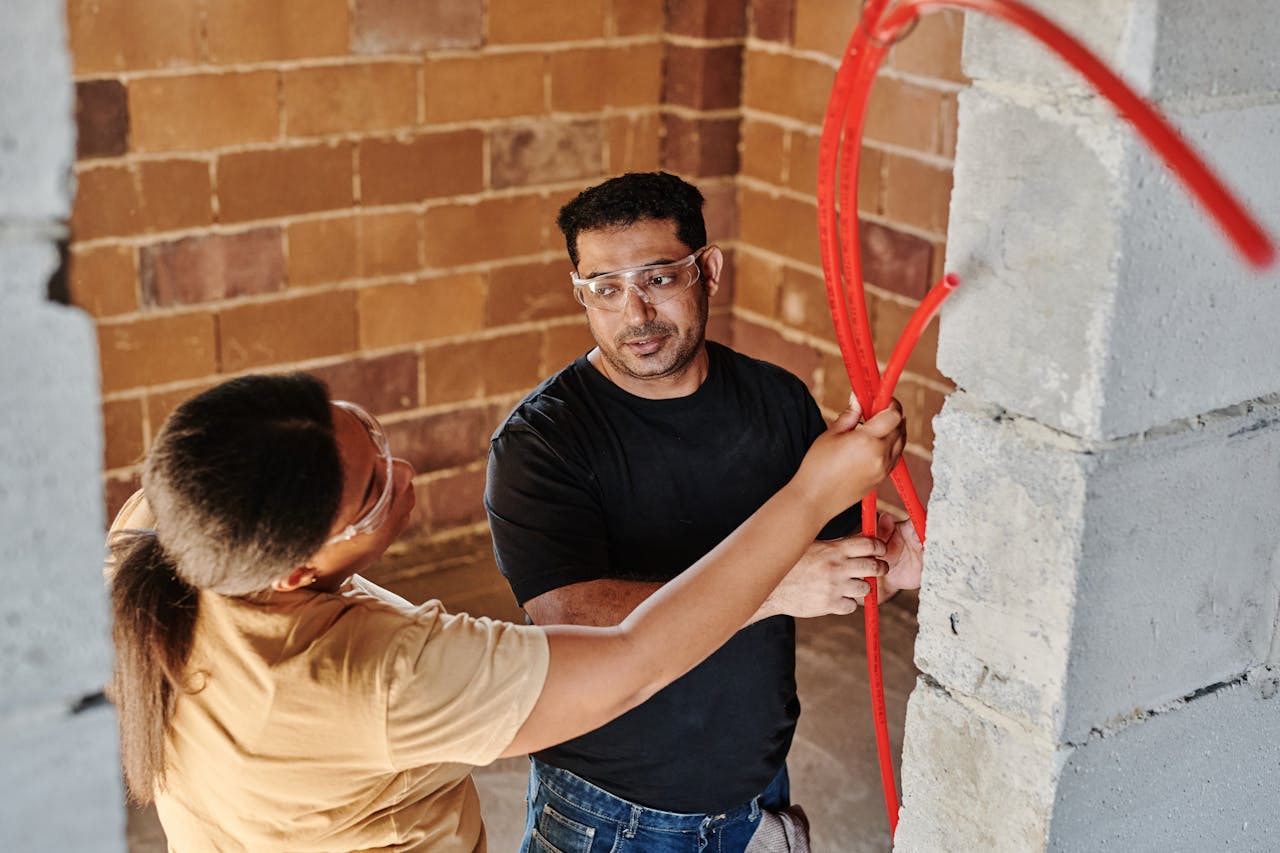Turning an Inherited Property into a Rental: A Step-by-Step Guide
An inherited property holds more than just financial value—it carries history, memories, and untapped potential. For many, the question arises: Should it be sold, kept as a family retreat, or transformed into a steady income source? Turning it into a rental can create long-term financial security while preserving its legacy in a meaningful way.
Image by Pexels from Pixabay
Imagine walking into a space filled with nostalgia and seeing its future possibilities. A once-forgotten home can become a cozy retreat for travelers, a haven for long-term tenants, or even a short-term rental that generates passive income. With the right approach, an inherited property can evolve into a thriving investment that supports your lifestyle and financial goals.
Yet, stepping into real estate as a first-time landlord can feel overwhelming. Repairs, legal considerations, and tenant management require careful planning. Without a clear strategy, what seems like a great opportunity can quickly turn into a financial burden. Many hesitate, unsure of where to begin or how to navigate the process successfully.
An inherited home can become a powerful asset by approaching the transformation with intention. With the right renovations, legal preparations, and marketing strategies, turning a property into a rental becomes an opportunity for financial growth and personal fulfillment. Creating a rental space isn’t just about earning income—it’s about crafting a new chapter for a home while building a foundation for future success.
Assess the Condition of the Property
Before you even begin the process of putting a property on the market, it is of vital importance that you evaluate the condition it is in right now. Even if it has been very well maintained – which is always in question when it’s an inherited property – repairs and upgrades will probably be needed before it is possible to rent it out.
It’s a good idea to hire a surveyor or contractor to go through the property with a fine tooth comb, identifying areas with structural issues or any spots needing improvement. Common examples of this include kitchen modernization, bathroom renovation, and a look at the plumbing and wiring. It will also almost certainly need a refresh of interior decor.
Decide on Your Rental Strategy
There is more than one kind of rental in the modern market. Long-term rentals provide a steady income and stability that can be reassuring; however, particularly in areas with a decent level of tourist traffic, short-term and holiday rentals can bring in more money, even if they do involve more direct management.
Look into the rental market in your area to understand which kind of tenants your property is most likely to attract. While researching this, also pay close attention to local regulations on the rental market; some municipalities have specific laws regarding short-term rentals which may make it less viable.
Consider the Financial Aspects
If you choose to manage a rental property, it is important to understand its financial responsibilities. Rental income is taxable, but expenses related to the property can be deducted—these may include property maintenance, mortgage interest, and management fees.
If the property has an existing mortgage, consider looking into refinancing and borrowing to make adjustments that will increase rental yield. And if you’re going to be renting a property out, it is also a good idea to take out landlord insurance so you can cover potential damages and loss of income in fallow periods.
Preparing Your Property
Pixabay – CC0 Licence
You don’t get a second chance to make a first impression, so the rental property does need to be in tip-top condition when showing it to potential tenants. This begins with a declutter and a deep clean, and efforts should be made to make it look modern – it may not have had any renovation at all for decades, after all.
Consider energy-efficient upgrades like more modern windows and insulation to ensure that it’s a comfortable place to live in year-round. Also make some decisions on furnishing based on who you expect to be renting. Younger tenants will usually expect it to be furnished (and holiday rentals must always be), but families will usually bring their own furniture.
Market Your Property
Your property listing is the shop window that will attract potential tenants, so it needs to be well-dressed to make an impression. High-quality images, potentially taken by a professional photographer, are vital, and a competitive price point will make people take notice. Don’t miss out on any method to reach potential customers – word of mouth, local advertising and online rental platforms are all effective ways to do this.
When setting a price, balance the condition and location of the property with demand in the area. The better the condition and the higher demand, the higher you can set the rent, but if you are unsure where the bar should be, look at what similar properties are going for.
Obtaining and Vetting Potential Tenants
Pixabay – CC0 Licence
Securing tenants is a vital part of making sure your rental makes money, and the key is to secure responsible tenants, as this is more likely to lead to rent being paid on time and minimal damage to the property. A lettings agent can be hugely useful in this regard, as they will bring their experience in conducting background checks and chasing references. A well-drafted lease agreement that protects both parties is also worth drafting up.
In an ideal world, you’ll get renters who are happy to make the rental their home, ensuring regular payments each month and reducing your responsibilities. The key, though, is to ensure that you have regular occupancy, whether it’s one long-term tenant or several shorter-stay visitors.
Consider the Long-Term Management
Regardless of which type of rental you choose, long-term maintenance is a responsibility that doesn’t go away. Arrange regular inspections, address tenant concerns, make repairs as and when necessary, and be available for communication. It is prudent to have a contingency fund for repairs because appliances do break down, and tenants, even the best-intentioned ones, may not have experience with the essential maintenance that long-term residence can entail.
You may choose to outsource many of the tasks involved. A property concierge who lives nearby can take care of many of the basic elements, and in many cases, tenants may be able to arrange for repairs, which they can then charge against their regular rent payments. Your priority should be a smoothly running property that requires minimal intervention.
Transforming a Legacy into a Lasting Investment
An inherited property is more than just a house—it’s an opportunity to create financial stability while preserving its history. By transforming it into a rental, you breathe new life into the space, allowing it to serve a purpose beyond its past. Whether it’s a cozy retreat for tenants or a high-demand short-term rental, the right approach ensures the home continues to provide value for years to come.
Success comes from careful planning, thoughtful upgrades, and a solid understanding of rental management. With the right strategy, an inherited property can become a source of passive income, personal fulfillment, and long-term financial security. Turning a family home into an investment isn’t just about making money—it’s about honoring its story while building a prosperous future.






